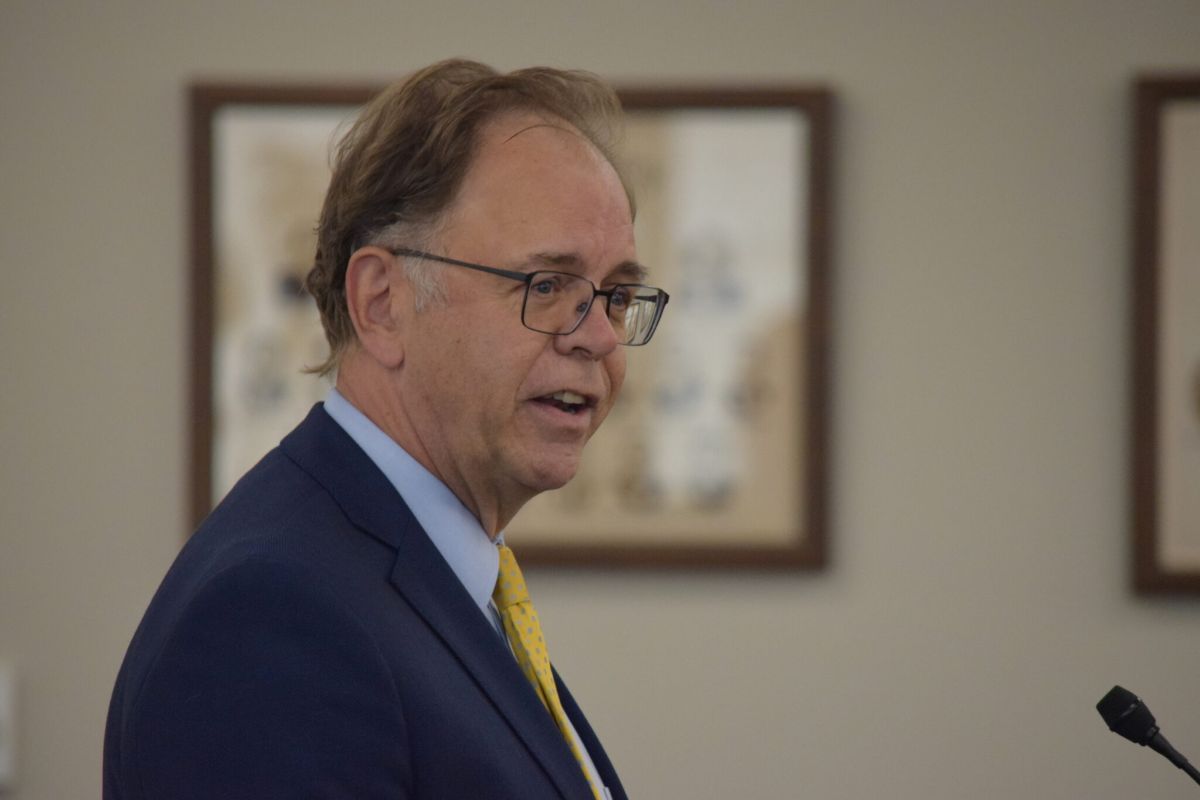As federal COVID relief dollars expire, state spending not enough to cover lost funding
By Jessica Holdman
SCDailyGazette.com
COLUMBIA – Fewer families in South Carolina will receive help covering the cost of child care as federal COVID-19 aid dries up and the state replaces just a quarter of that lost funding.
For about three years, amid the global coronavirus pandemic, the federal government raised income limits, making more parents eligible for federal dollars to pay for child care. But the last of that aid ends in about nine weeks.
State legislators agreed to put several million in state taxes toward the program, but not enough to cover all the parents newly helped by the expanded rules.
About 2,250 children will no longer qualify for child care scholarships, based on data provided by Department of Social Services spokeswoman Connelly-Anne Ragley.
Those scholarships cover most, if not all, of annual daycare costs through direct payments to eligible child care providers for every child whose parents’ income qualifies.
Before October 2020, working parents qualified for the federally funded daycare aid if their pay equaled 85% or less of the state median income. In South Carolina, that meant at or below $64,063 for a family of three.
But for those applying between October 2020 and September 2023, their income had to fall below 300% of the federal poverty level, or $74,580 or less for that same family of three.
DSS estimated it would take $10 million to continue covering child care expenses for 3,000 children under the expanded eligibility rules, and agency Director Michael Leach asked for that amount in his budget request to lawmakers.
Gov. Henry McMaster, in his budget proposal, recommended $5 million instead.
In the end, legislators agreed to put $2.5 million toward the scholarships in the budget that started July 1.
Based on data provided by Social Services, that’s enough to cover aid for 750 of those 3,000 children.
“A lot of families were very upset because they … grew accustomed to having this benefit,” Ragley said when parents were informed last fall that the money was expiring.
When the one-year scholarships dry up depends on when parents applied. Some families’ aid may have already ended. Last September marked the end of the expanded eligibility rules. So, the final daycare payments for scholarships awarded in September 2023 will be the end of this September.
Martha Strickland leads First Steps, which oversees private providers in the state’s full-day preschool program for poor 4-year-olds. Parents with 4-year-olds in private preschool can also get scholarships for child care to cover the rest of their workday, both for their 4-year-old and any sibling up to 12 years old. Strickland said she knows what a godsend the aid can be for families.
She talked about one mother who cried on the phone after finding out she qualified for free child care for her children, calling it “a miracle” for her family.
While DSS didn’t get the $10 million it requested, the agency is glad it got some money to disperse. The agency is still determining the new eligibility parameters for how to distribute it, Ragley said.
“We know the need of families to receive help paying for child care is great,” she said.
Between October 2020 and July 2023, the agency granted more than 71,200 52-week scholarships for children of parents whose income fell in the expanded eligibility levels. That total number includes children counted multiple times if they received child care aid year after year, Ragley said.
How much each scholarship is worth depends on the age of the child and how highly a child care center is rated.
For a child care center to accept children under scholarships, they have to volunteer to be part of the state’s ABC Quality Program and meet health and safety standards beyond state minimum requirements, such as background checks for all staff members.
Ragley said this gives parents a sense of security when having to leave their children in the care of others while they go to work or attend school.
As a working mother herself, Ragley said she and her husband have to scramble when they don’t have child care. Luckily, they have paid time off of work they can use.
“Not everybody has that luxury or family who can step in and help,” she said.
The rising cost of child care may also mean a parent ultimately chooses to stay home and out of the workforce, Ragley added.
“Because by the time they pay the cost of child care out of the salary they make, they either break even or the margin is small,” she said. “That is a population that, if they had access to affordable child care, could be additional workers that could fill the jobs that are open in the state.”
Ragley said the COVID-19 pandemic put a spotlight on long-standing child care issues in South Carolina and nationwide.
The agency knows it will need more funding for its programs in the next state budget and beyond.
Its budget request will likely again include money for child care scholarships, as well as wage bonuses to encourage more people to enter the child care industry, startup grants for new centers and tax incentives for employers that offer child care as a benefit to their workers.
Ragley pointed to Georgia as an example, where businesses that provide or sponsor child care for employees are eligible for a state tax credit offsetting up to 75% of the cost.
The South Carolina Chamber of Commerce advocated for legislators to update South Carolina’s own long-standing but little-used tax break offered to employers that start or operate child care for workers or provide direct payments for private options. But the issue ultimately was not taken up.
In other parts of the country, Maine is subsidizing child care for those making up to 125% of the state median income, according to the Center for American Progress based in Washington, D.C.
Michigan is extending its COVID-19 relief policy, offering subsidies at 200% of the federal poverty level.
Minnesota is putting an additional $252 million this fiscal year into its scholarship program and promises to add $58.9 million more in the following budget year. And Montana is expanding child care subsidy eligibility up to 185% of the federal poverty level, according to the center.
Are you a parent losing financial aid for child care who would like to share your story about what the program has meant to you? The SC Daily Gazette would like to hear from you. Call us at 843-729-1321 or submit a news tip online.
Jessica Holdman writes about the economy, workforce and higher education. Before joining the S.C. Daily Gazette, she was a business reporter for The Post and Courier.
S.C. Daily Gazette is part of States Newsroom, the nation’s largest state-focused nonprofit news organization.










